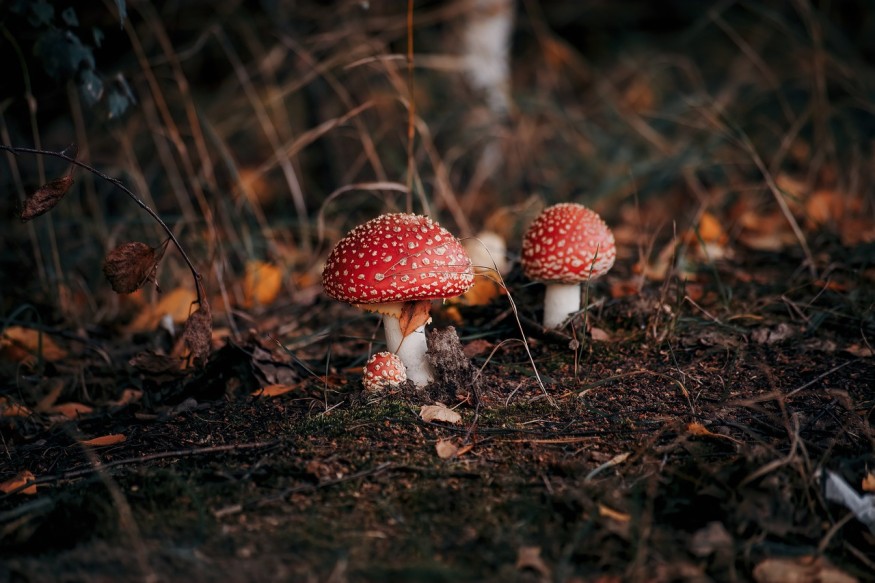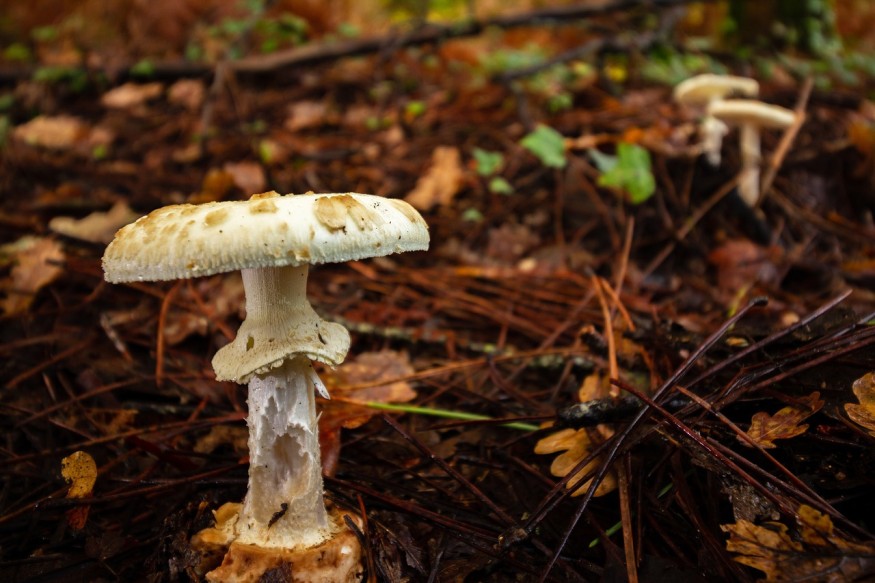Wild mushrooms are known today as part of the human diet and of the vegetable group due to its nutrients that can bring a myriad of health benefits.
However, the aspect unique about the mushrooms is that they are not byproducts of plants and neither belongs to the latter. I
nstead, a mushroom or toadstool is the body part of a fungus that resembles a stem and a cap like a plant.
Despite the depiction of fungi over the decade as a cause of a deadly outbreak from the franchise "The Last of Us," mushrooms in modern times are typically used not only as a source of food source but also as supplements or drugs in the field of pharmacy and medicine.
This is done through systematic mushroom extracts of mushrooms from selected fungus species for reasons relating to safety.
Although wild mushrooms are commercially available, there are those which are poisonous and could cause illness or even death to any foragers that would consume them.
With this, the identification of whether a mushroom is poisonous or edible of paramount importance.
In this article, we have identified some of the deadliest mushrooms and how to identify them.
World's Most Poisonous Mushroom

In a study published in the journal British Columbia Medical Journal, researchers identified that amatoxins in death cap mushroom (Amanita phalloides) are responsible for "90% of the world's mushroom-related fatalities."
This means that while there are other spore-bearing fungi bodies that can cause death once ingested, A. phalloides that contains the toxic compound amatoxin is something to watch out for by mushroom collectors and foragers.
For visual purposes of the world's deadliest mushroom, the physical appearance of the death cap mushroom looks like the following one in the image below:

The photo shows the deadly mushroom has a white stem and cap covered with some yellow spots.
Other Poisonous Mushrooms
Aside from the death cap, the following mushrooms below also contribute to fatal mushroom poisonings worldwide, as compiled by the BBC Wildlife Magazine:
- Destroying angels (Amanita bisporigera)
- Common conecap (Pholiotina rugosa)
- Webcaps (Cortinarius species)
- Autumn Skullcap (Galerina marginata)
- Deadly Dapperling (Lepiota brunneoincarnata)
- False Morel (Gyromitra species)
- Fly agaric (Amanita muscaria)
- Brown roll-rim (Paxillus involutus)
For a detailed step-by-step identification of edible and poisonous mushrooms, the website TreeHugger provides the information that you need to distinguish between two or more edible mushrooms that resemble the poisonous ones.
For instance, many people die from mushroom poisonings since they mistakenly identify death cap mushrooms from several edible and popular ones, like Caesar's mushrooms, according to the BBC Wildlife Magazine.
Mushroom poisoning can lead to a variety of illnesses, such as gastrointestinal, hepatic, and renal symptoms and even death, as mentioned earlier.
There are approximately 5,000 mushroom species identified by scientists worldwide but only 3% are considered poisonous, according to a study published in the journal BMC Pharmacology and Toxicology.
Related Article: Mushrooms Are Now in Season as Scorching Weather Has Passed in UK
© 2026 NatureWorldNews.com All rights reserved. Do not reproduce without permission.





